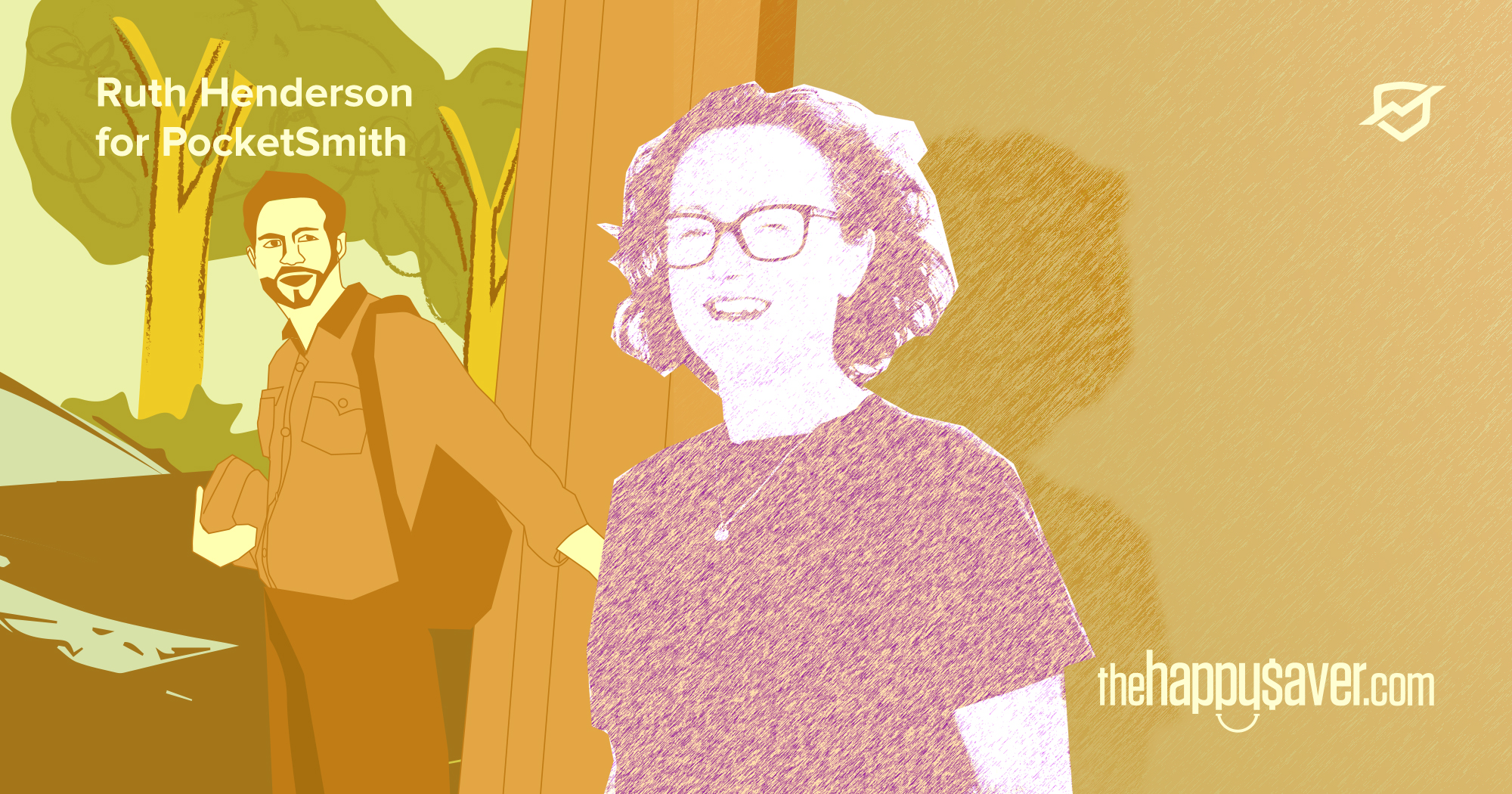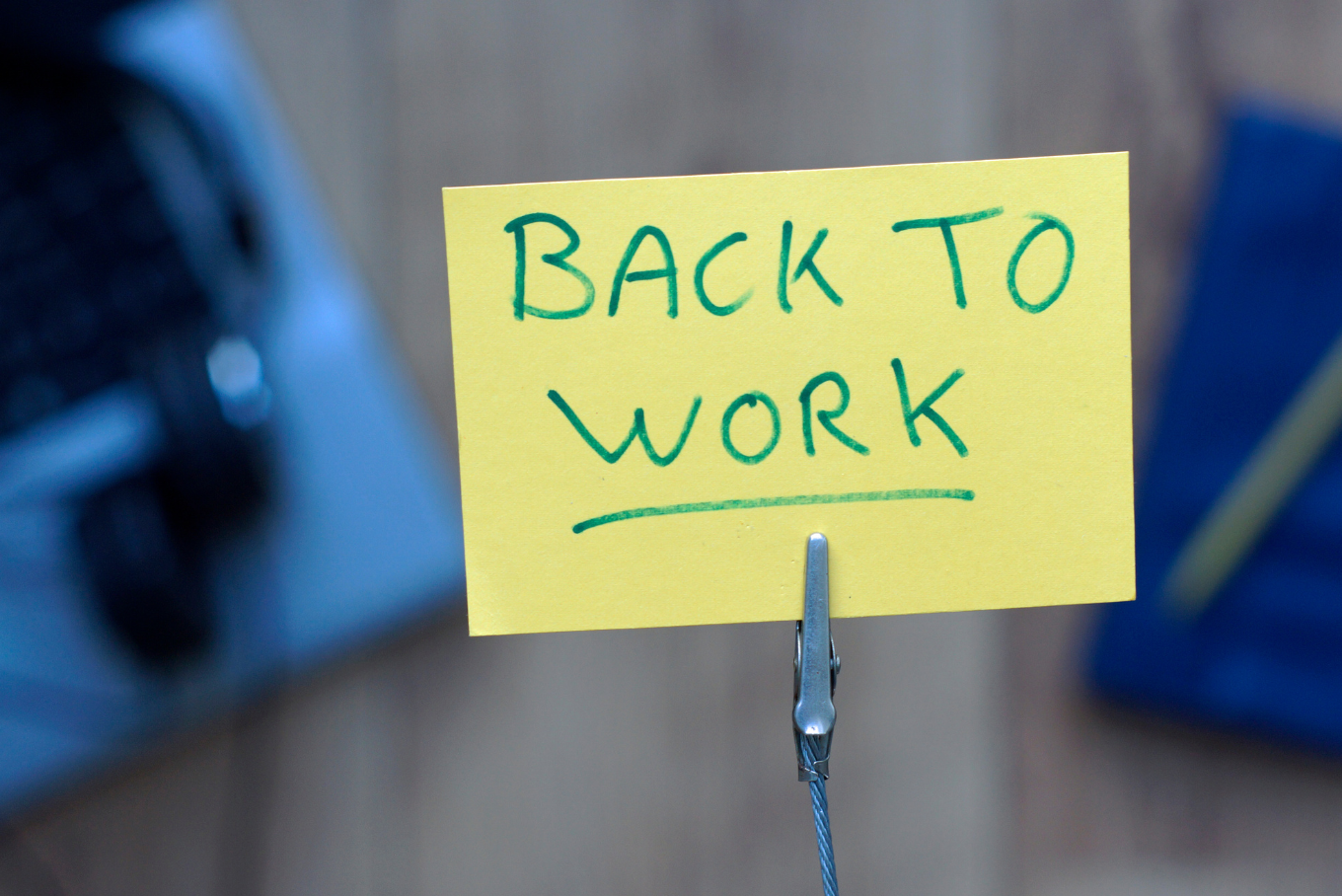
My husband Jonny has been unhappy with his work for quite some time. It has been a gentle build-up to feeling ‘done’ with self-employment and all that goes with it.
Whether employed or self-employed, I’ve observed that career burnout is relatively common for middle-aged men. I’ve also noticed they reach a tipping point where they just up and quit. While this might relieve stress in one area, like no more work pressure, it can pile on issues in another area — loss of income and financial stress.
I’m constantly scanning the horizon, and I could see this tipping point coming. I knew that things were coming to a head. I knew we could plan for this. I didn’t want it to be a shock.
It would have been easy to ignore the issue until that tipping point came, but the better option was to face it head-on. So, over many months, we began to talk about it.
Thanks to PocketSmith, I know how much it costs to run our home and family, and I was able to use that information to help us weigh up options instead of stepping off into the financial unknown. Knowing our numbers has allowed us to make a strategic decision that is in our family’s best interests.
When Jonny turned 49, he went into the year pretty happy. Still, the pressures and annoyances of managing his workflow as a freelance graphic designer became more anxiety-producing as time progressed. It was taking a visible toll on his mental health.
Initially, we looked at what work he could let go of, and first to go were the components of graphic design he had fallen out of love with. Fundamentally, while he enjoyed the core parts of his role, he had had enough of working for himself, having to carry out every single component of managing a business. Shedding some of these responsibilities helped reduce stress, but only temporarily. We were treating the symptoms and not the problem itself.
I could always see that we were just papering over the cracks, but the pressure he was feeling was not yet enough for him to say out loud, “I’ve had enough”.
I could see the clouds gathering before he could, but although I tried to help, and we talked through many alternatives, ultimately, Jonny needed to decide for himself when enough was enough. I was just waiting for him to have his “I’ve had it” moment.
There was a lot for him to think about. As a two-income household where we share our finances, there is a real pressure to provide for our family. Both of us feel it. So, he knew that if he quit without a plan, he would remove stress from himself and put it onto me. Part of our identity is tied up in the work we do, and stopping or reducing work is something that is noticed by others. Plus, there is meaning and dignity to be found in work, something that is sometimes overlooked.
So while he was considering his next step, I was looking at the income he was bringing in and working out what options we had to replace it. These options included him working part-time and not working at all.
Neither of us are big picture, goal-driven strategic planners, but we do know the general direction we want to go in, and one of Jonny’s goals has always been to quit work at 50, if at all possible.
This big luxurious goal of his was front and center in his thinking. Equally, I could also have a big goal like this if I wanted. It just happens that currently, I don’t.
My role is positioning us financially to make our dreams a reality. As a family, we have spent many years becoming debt free, saving and investing to put us in a financial position to drop his income.
Our rough intention was that when he turned 50, I would continue to work and bring in income. I enjoy my part-time job downtown, plus my blog and podcast. We could pull some passive income from our investments. Plus, he would continue working on the backend of my blog and podcast and pick up work throughout the year if something took his interest.

So, we had been gearing up for this ‘quitting’ scenario for a couple of years.
Finally, the day came. Jonny came into the kitchen with a strained look, leaned against the kitchen bench and said, “I think I’m done. I want to quit. If I do that, will we be okay financially”?
The answer? Absolutely.
A glance at our PocketSmith dashboard showed us that he could either quit entirely for a couple of years or take on a part-time role. It was his choice to make, but the point was that any decision was made with zero financial fear, which is a powerful position to put your family in. He decided that he would take a new direction starting January this year.
The happy by-product of one door closing is that another often opens, and your decision-making is quite different when the financial pressure is removed from a situation. Because we would be fine without his income, we took money out of the conversation and talked about what he would want to do in the ideal world. It turns out that there are many parts of being a designer that he still enjoys. The pieces he no longer enjoys had a lot to do with the administration that goes into managing himself as a freelancer.
Although he was busy at work, that didn’t translate into higher income. His working hours were all over the place, and he was finding himself working harder, not smarter. Using PocketSmith, I could show him exactly what he contributed to the family bank account, which was less than he realized.
What then transpired was a month of exploring all of his options. I encouraged him to talk with people he knew and business contacts and explore what work was out there that differed from what he does now. He went out of his comfort zone and met with people he barely knew but in whose perspective he was interested. I also encouraged him to visit our accountant and look at the process of winding up his freelance career, ensuring all boxes were ticked in that department, particularly from a tax perspective.
After all those conversations, ultimately, and somewhat surprisingly, Jonny’s remained in graphic design. After taking a zoomed-out look at his life, a conversation with a long-term client of his resulted in them offering him a permanent two-day-a-week job as an employee of their business.
He gets to do the jobs he enjoys, yet all the backend hassle is gone. They contribute to his superannuation fund and give him annual and sick leave. One of the most surprising things was that without all the costs associated with running his freelance gig, he earns more as an employee working two days a week than when he worked for himself! He has also picked up some occasional teacher aide work helping kids who are interested in design, something he never thought he would do.
So, now he has flipped the script. He works for two days a week and has five days to do whatever the heck he wants. Already he is planning physical challenges to keep himself active and healthy!
If you find yourself in a similar situation to us, knowing that you have just about had enough of your current work, I can share with you that we have only been able to make this happen because of many small lifestyle and financial decisions made over a long period.
Building financial strength has eliminated a lot of risk from our lives, and you can do it too. What this has done has given us choices. We decided to become permanently 100% debt free, including our mortgage. We chose to be mindful about where we spend our money and to keep cash in the bank for emergencies. We decided to continuously contribute to investments as a matter of urgency and priority.
Ultimately, because we are financially on track, the decision to move from a self-employed freelancer back to an employee was made not based on money but on finding a good work/life balance. In time, year after year, he will generate more income than he did before. That is the beauty of knowing your exact financial position — it creates options you might never have considered before, and Jonny is now enjoying taking the next life stage in his stride.
Ruth blogs at thehappysaver.com all about how she and her family handle money. What’s the secret? Spend less than you earn, invest the difference, avoid debt and budget each dollar that flows through your hands. She firmly believes that if you can just get the basics right, life becomes easier from there on in.